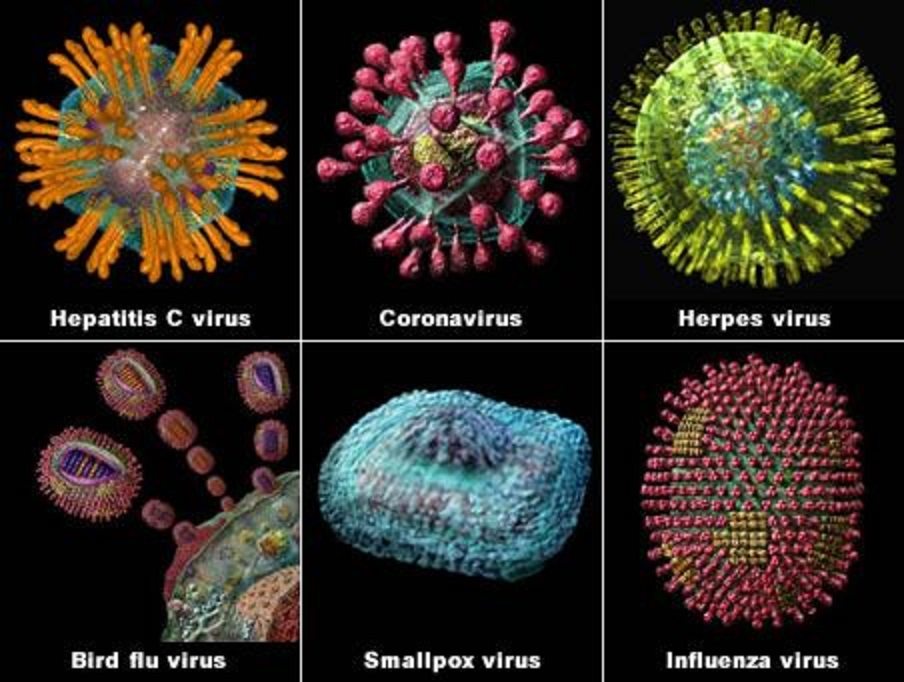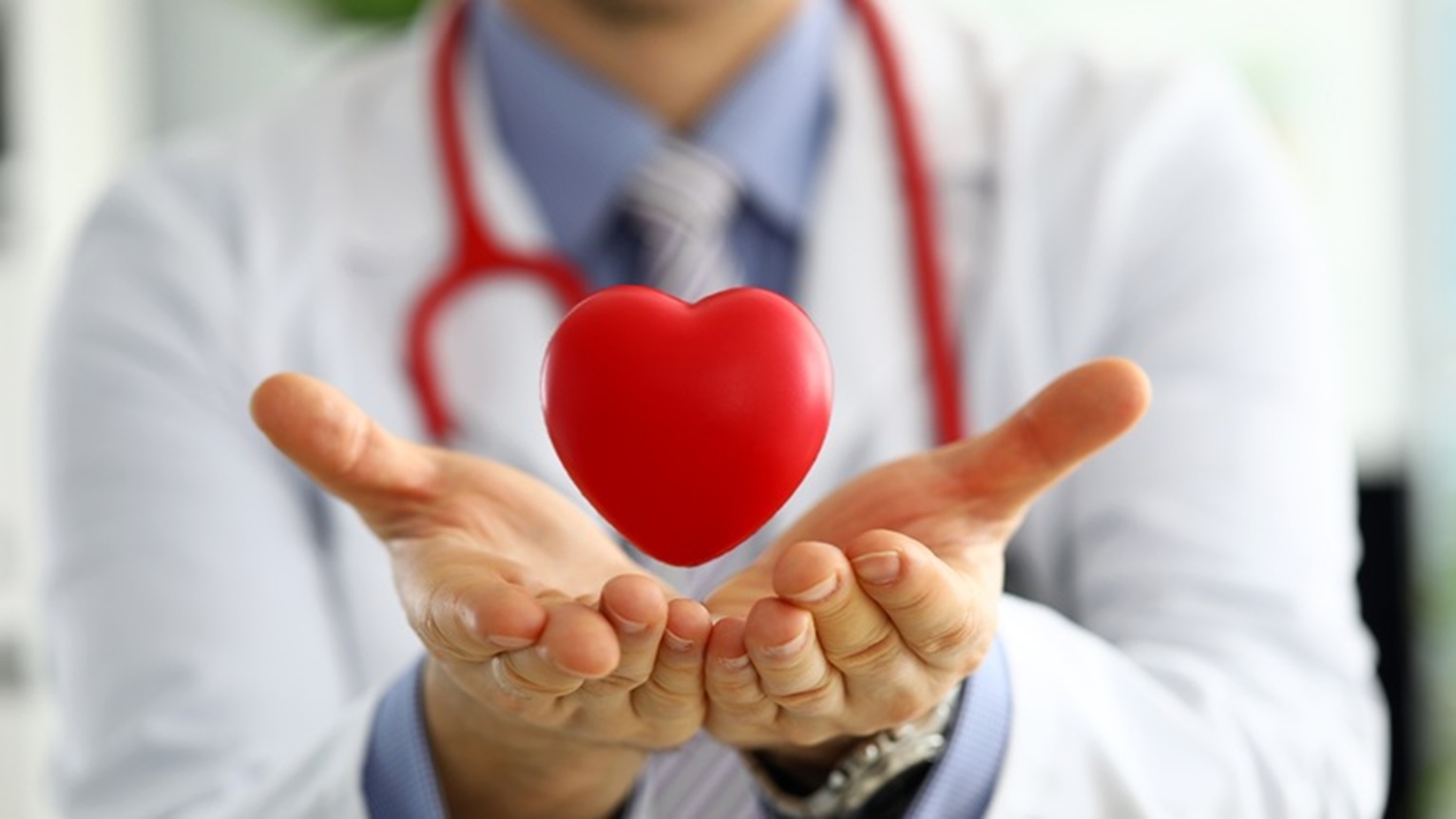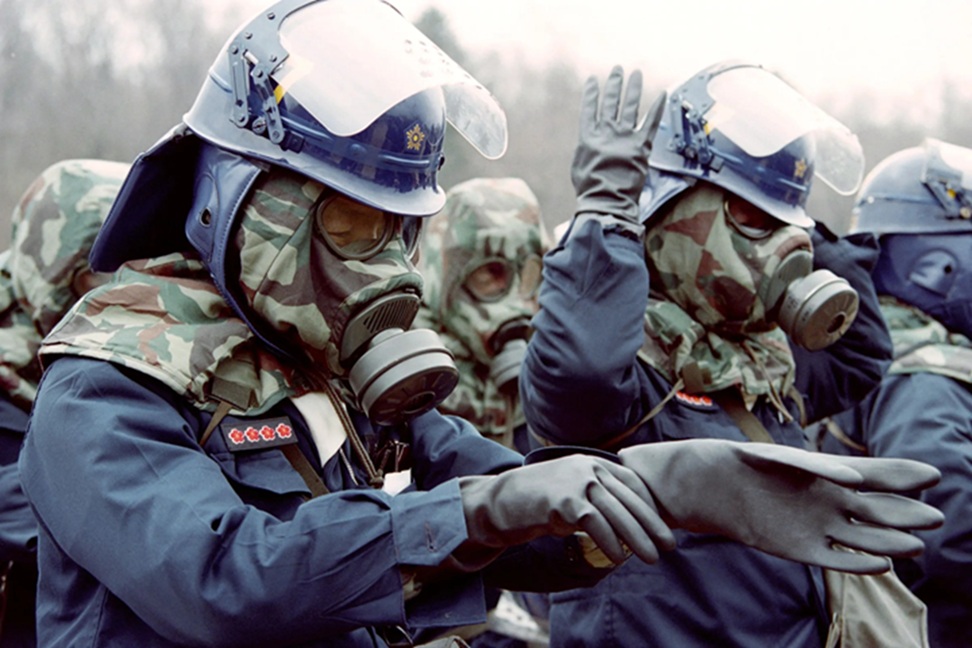Covid 19 mutants are triggering a second wave of pandemic in the country.
The coronavirus disease 19 (COVID-19) is a highly transmittable and pathogenic viral infection caused by severe acute respiratory syndrome coronavirus 2 (SARS-CoV-2), which emerged in Wuhan, China and spread around the world. Genomic analysis revealed that SARS-CoV-2 is phylogenetically related to severe acute respiratory syndrome-like (SARS-like) bat viruses, therefore bats could be the possible primary reservoir. The intermediate source of origin and transfer to humans is not known, however, the rapid human to human transfer has been confirmed widely. There is no clinically approved antiviral drug or vaccine available to be used against COVID-19. However, few broad-spectrum antiviral drugs have been evaluated against COVID-19 in clinical trials, resulted in clinical recovery. In the current review, we summarize and comparatively analyze the emergence and pathogenicity of COVID-19 infection and previous human coronaviruses severe acute respiratory syndrome coronavirus (SARS-CoV) and middle east respiratory syndrome coronavirus (MERS-CoV). We also discuss the approaches for developing effective vaccines and therapeutic combinations to cope with this viral outbreak.
History
Coronaviruses belong to the Coronaviridae family in the Nidovirales order. Corona represents crown-like spikes on the outer surface of the virus; thus, it was named as a coronavirus. Coronaviruses are a large family of zoonotic viruses that cause illness ranging from the common cold to severe respiratory diseases. Zoonotic means these viruses are able to be transmitted from animals to humans. There are several coronaviruses known to be circulating in different animal populations that have not yet infected humans. COVID-19 is the most recent to make the jump to human infection.
Common signs of COVID-19 infection are similar to the common cold and include respiratory symptoms such as dry cough, fever, shortness of breath, and breathing difficulties. In more severe cases, infection can cause pneumonia, severe acute respiratory syndrome, kidney failure, and death.
The COVID-19 infection is spread from one person to others via droplets produced from the respiratory system of infected people, often during coughing or sneezing. According to current data, time from exposure to onset of symptoms is usually between two and 14 days, with an average of five days.

Two other recent coronavirus outbreaks have been experienced. Middle East Respiratory Syndrome (MERS-CoV) of 2012 was found to transmit from dromedary camels to humans. In 2002, Severe Acute Respiratory Syndrome (SARS-CoV) was found to transmit from civet cats to humans.
Mechanism of Infection
On the surface of human cells is an enzyme called ACE2, which acts as the receptor that enables SARS-CoV2 to launch its attack. The virus’s spike protein binds to the receptor, then fuses with the cell surface, and releases its genetic material (RNA in the case of SARS-CoV2) into the cell. The coronavirus that causes SARS, called SARS-CoV, uses the same ACE2 receptor to invade a cell.
Once inside, the virus replicates itself by using the cell’s molecular mechanism. All these stages involve various interactions between virus proteins and human proteins. Any treatment being developed or researched will look to inhibit these activities at one stage or the other.
In summary, the spike RBD allows the binding to the ACE2 receptor in the lungs and other tissues. The presence within the spike protein of an amino acid site (polybasic site) allows the functional processing of the same by the human enzyme furin (protease). This process allows the exposure of the fusion sequences and therefore the fusion of the viral and cell membranes, a necessary passage for the virus to enter the cell.
In international gene banks such as GenBank, researchers have published several Sars-CoV-2 gene sequences. This gene mapping is of fundamental importance allowing researchers to trace the phylogenetic tree of the virus and, above all, the recognition of strains that differ according to the mutations. According to recent research, a spike mutation, which probably occurred in late November 2019, triggered jumping to humans. In particular, Angeletti et al. compared the Sars-Cov-2 gene sequence with that of Sars-CoV. They analyzed the transmembrane helical segments in the ORF1ab encoded 2 (nsp2) and nsp3 and found that position 723 presents a serine instead of a glycine residue, while the position 1010 is occupied by proline instead of isoleucine. These data are providing us with important information on the potential origin of the virus. Interestingly, Pangolin (Manis javanica) Covs have an RBD domain identical to that of the human SARS-CoV2 spike protein. However, neither bat CoVs nor those present in pangolins have the sequence of the polybasic site for furin, suggesting that natural selection must have also favored the acquisition of this site for the transition to human-human transmission. The matter of viral mutations is key for explaining potential disease relapses.

Treatment
Scientists around the world are working to find and develop treatments for COVID-19.
Optimal supportive care includes oxygen for severely ill patients and those who are at risk for severe disease and more advanced respiratory support such as ventilation for patients who are critically ill.
Dexamethasone is a corticosteroid that can help reduce the length of time on a ventilator and save lives of patients with severe and critical illness. Read our dexamethasone Q&A for more information.
Results from the WHO’s Solidarity Trial indicated that remdesivir, hydroxychloroquine, lopinavir/ritonavir and interferon regimens appear to have little or no effect on 28-day mortality or the in-hospital course of COVID-19 among hospitalized patients.
Hydroxychloroquine has not been shown to offer any benefit for treatment of COVID-19. Read our hydroxychloroquine Q&A for more information.
W.H.O does not recommend self-medication with any medicines, including antibiotics, as a prevention or cure for COVID19. W.H.O is coordinating efforts to develop treatments for COVID-19 and will continue to provide new information as it becomes available.

Status of Vaccine
The following is the current status of the vaccines for SARS-Co-V2 as of January 15, 2021.
Almost every country has participated in the vaccine race out of which the most successful vaccines are Oxford-AstraZeneca (UK), Moderna (US), Pfizer-BioNtek (US-Germany), Sputnik-V (Russia) and Covaxin (India). Vaccination drive has already begun for frontline workers in worldwide and it is a matter of time until vaccine is available for normal population. Two vaccines are under mass production in India.
Conclusion
So, we really need to go and focus now and attack it and make sure that we’re doing everything we can do to reduce transmission. And we know the things that work. We know that testing, that identifying those who are infectious, that being able to provide them supportive isolation, tracking and contact tracing, and quarantining all the contacts, making sure that people continue to comply with the physical distancing, with wearing a mask with avoiding crowded places, avoiding closed settings, where there are a lot of people, washing hands, respiratory etiquette, staying home if you’re sick. All of these things together definitely make a difference in bringing down transmission.
That’s been shown again and again in country after country. At this time, we need to double down because we know the same public health and social measures will work against these variants, as have worked in the past.
And right now, we’re at a very critical stage in many parts of the world, where we really need to be focusing on bringing down the transmission and that in turn will help in reducing how much this virus can actually change before we have sufficient number of doses of vaccine.
Disclaimer: The views and opinions expressed by the author do not necessarily reflect the views of the Government of India and the Defence Research and Studies
Title image courtesy: https://www.pinterest.com/pin/299419075195860336/
References
- COVID‐19: a brief history and treatments in development
https://wchh.onlinelibrary.wiley.com/doi/10.1002/psb.1843
- Stopping the COVID-19 Pandemic: A Review on the Advances of Diagnosis, Treatment, and Control Measures
https://www.hindawi.com/journals/jpath/2020/9121429/
- The different types of COVID-19 vaccines and their mechanism
https://www.who.int/news-room/feature-stories/detail/the-race-for-a-covid-19-vaccine-explained
- Mechanisms of SARS-CoV-2 Transmission and Pathogenesis
https://www.cell.com/trends/immunology/fulltext/S1471-4906(20)30233-7








